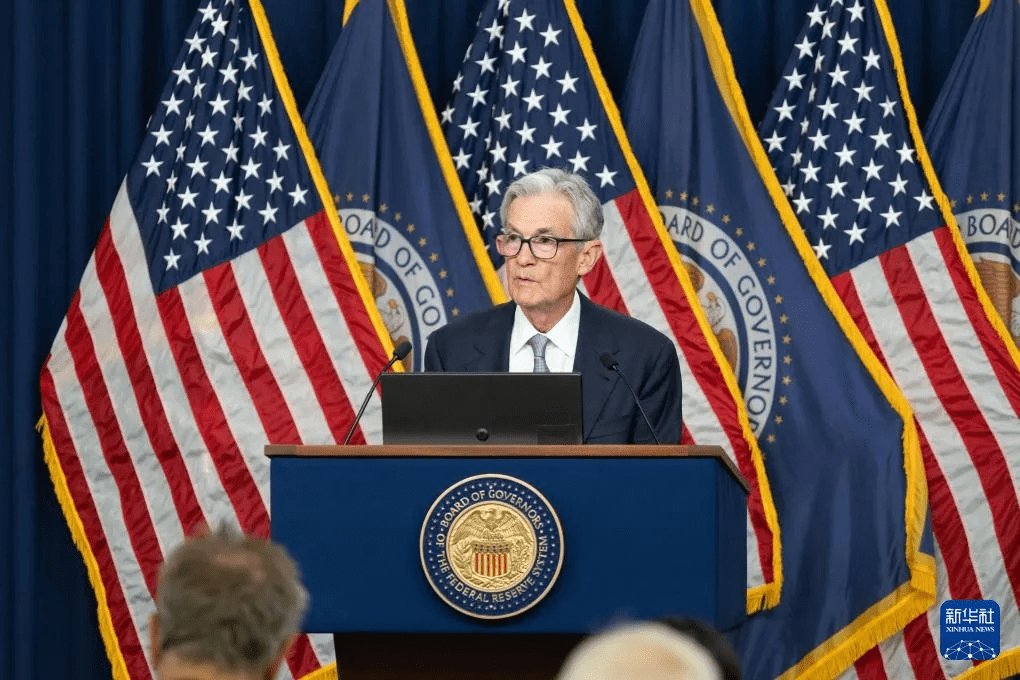The U.S. Federal Reserve announced on the 18th that it would lower the target range of the federal funds rate by 50 basis points to a level between 4.75% and 5.00%. This is the first interest rate cut by the Federal Reserve since March 2020, and it also marks a shift from a monetary policy tightening cycle to an easing cycle.
The Federal Reserve ended its two-day monetary policy meeting on the same day. The Federal Open Market Committee, the decision-making body of the Federal Reserve, issued a statement on the 18th after the meeting, saying that the committee has "greater confidence" that the inflation rate can sustainably move towards the 2% target, and believes that the risks of achieving the two major goals of full employment and price stability are roughly balanced.

At a press conference held after the meeting, Federal Reserve Chairman Powell called the 50 basis point rate cut a "powerful action" and said that the Federal Open Market Committee did not think that the rate cut was slow, but rather that it was a timely move.
Powell noted that the personal consumption expenditures price index had fallen to 2.2% in August from a high of around 7%, indicating that inflation had "easing significantly." The latest economic outlook released by the Federal Reserve that day showed that Fed officials’ median forecast for the personal consumption expenditures price index at the end of this year fell to 2.3%, down from 2.6% in June.
As inflation fell, the U.S. job market showed some signs of weakness. Powell said that the average monthly job growth in the past three months was 116,000, which was significantly lower than the level earlier this year. At the same time, the unemployment rate rose to 4.2%. According to the latest economic outlook, the median forecast of the unemployment rate by the Federal Reserve officials at the end of this year is 4.4%, higher than 4.0% in June, which means that the labor market situation is not as good as previously expected.
In addition, economic outlook expectations also show that 19 members of the Federal Open Market Committee expect the Fed to further cut interest rates before the end of this year, of which 9 expect a 50 basis point cut and 7 expect a 25 basis point cut.
Since the end of July last year, the Fed has maintained the target range of the federal funds rate between 5.25% and 5.5%, the highest level in 23 years, as inflation has not fallen as fast as expected. In recent months, as the inflation situation in the United States has further eased and the job market has shown signs of weakness, the Fed has faced pressure to shift its policy.